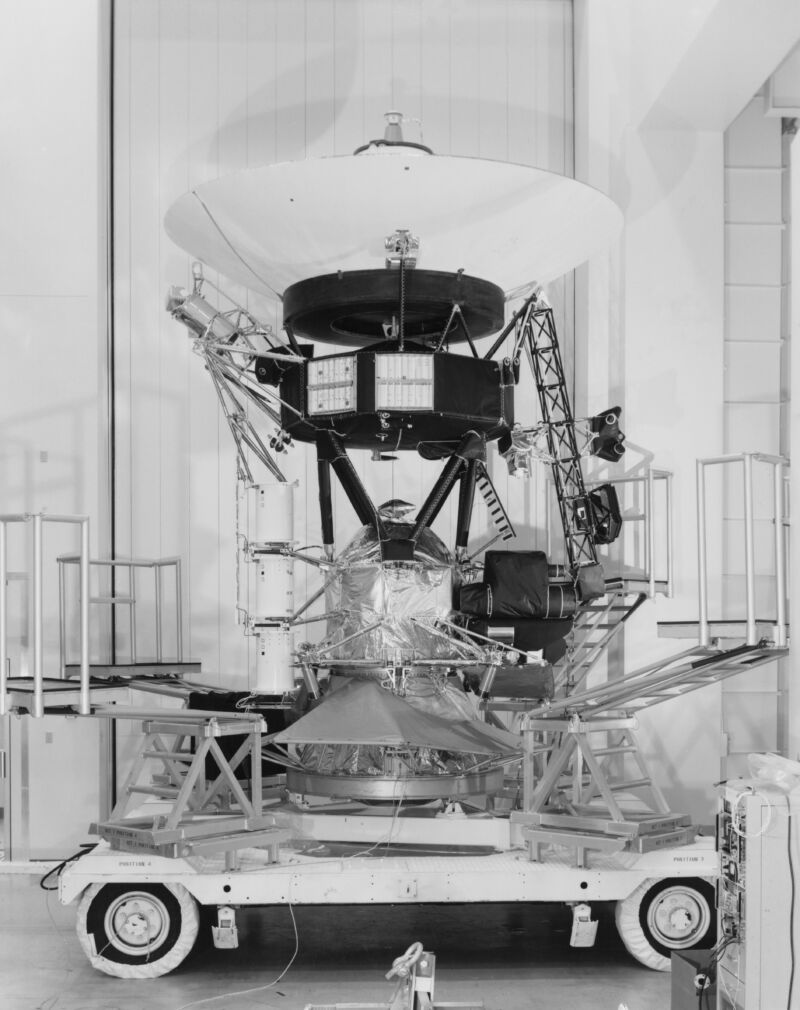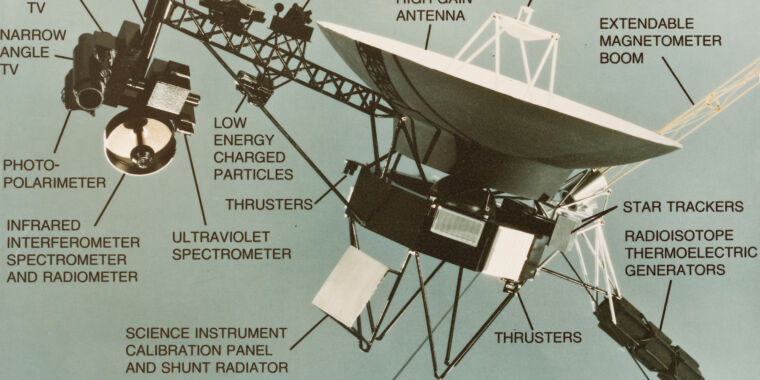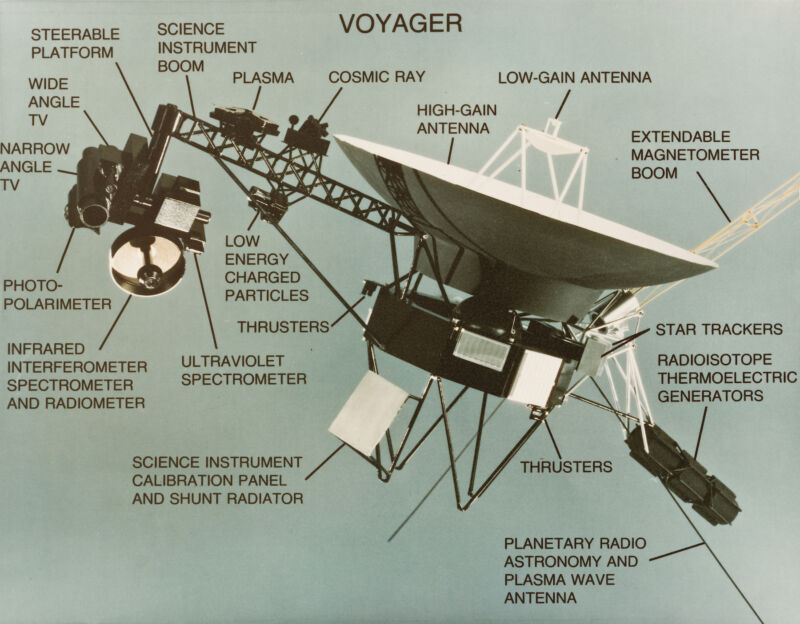AI in space: Karpathy suggests AI chatbots as interstellar messengers to alien civilizations
The new golden record —
Andrej Karpathy muses about sending a LLM binary that could “wake up” and answer questions.

On Thursday, renowned AI researcher Andrej Karpathy, formerly of OpenAI and Tesla, tweeted a lighthearted proposal that large language models (LLMs) like the one that runs ChatGPT could one day be modified to operate in or be transmitted to space, potentially to communicate with extraterrestrial life. He said the idea was “just for fun,” but with his influential profile in the field, the idea may inspire others in the future.
Karpathy’s bona fides in AI almost speak for themselves, receiving a PhD from Stanford under computer scientist Dr. Fei-Fei Li in 2015. He then became one of the founding members of OpenAI as a research scientist, then served as senior director of AI at Tesla between 2017 and 2022. In 2023, Karpathy rejoined OpenAI for a year, leaving this past February. He’s posted several highly regarded tutorials covering AI concepts on YouTube, and whenever he talks about AI, people listen.
Most recently, Karpathy has been working on a project called “llm.c” that implements the training process for OpenAI’s 2019 GPT-2 LLM in pure C, dramatically speeding up the process and demonstrating that working with LLMs doesn’t necessarily require complex development environments. The project’s streamlined approach and concise codebase sparked Karpathy’s imagination.
“My library llm.c is written in pure C, a very well-known, low-level systems language where you have direct control over the program,” Karpathy told Ars. “This is in contrast to typical deep learning libraries for training these models, which are written in large, complex code bases. So it is an advantage of llm.c that it is very small and simple, and hence much easier to certify as Space-safe.”
Our AI ambassador
In his playful thought experiment (titled “Clearly LLMs must one day run in Space”), Karpathy suggested a two-step plan where, initially, the code for LLMs would be adapted to meet rigorous safety standards, akin to “The Power of 10 Rules” adopted by NASA for space-bound software.
This first part he deemed serious: “We harden llm.c to pass the NASA code standards and style guides, certifying that the code is super safe, safe enough to run in Space,” he wrote in his X post. “LLM training/inference in principle should be super safe – it is just one fixed array of floats, and a single, bounded, well-defined loop of dynamics over it. There is no need for memory to grow or shrink in undefined ways, for recursion, or anything like that.”
That’s important because when software is sent into space, it must operate under strict safety and reliability standards. Karpathy suggests that his code, llm.c, likely meets these requirements because it is designed with simplicity and predictability at its core.
In step 2, once this LLM was deemed safe for space conditions, it could theoretically be used as our AI ambassador in space, similar to historic initiatives like the Arecibo message (a radio message sent from Earth to the Messier 13 globular cluster in 1974) and Voyager’s Golden Record (two identical gold records sent on the two Voyager spacecraft in 1977). The idea is to package the “weights” of an LLM—essentially the model’s learned parameters—into a binary file that could then “wake up” and interact with any potential alien technology that might decipher it.
“I envision it as a sci-fi possibility and something interesting to think about,” he told Ars. “The idea that it is not us that might travel to stars but our AI representatives. Or that the same could be true of other species.”





